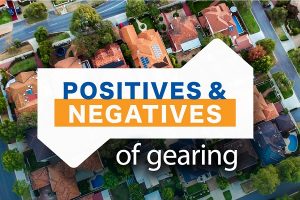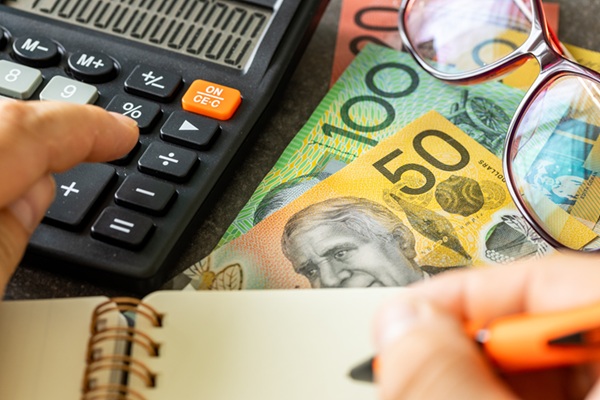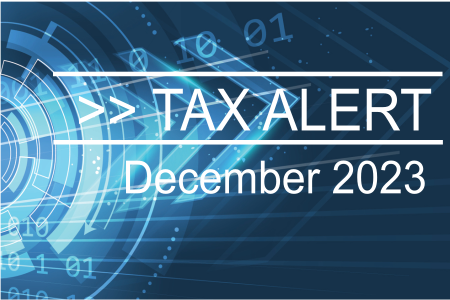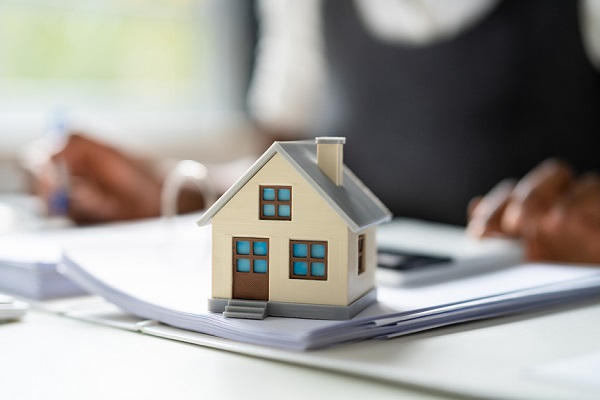Negatively gearing an investment property is viewed by many Australians as a tax effective way to get ahead.

According to Treasury, more than 1.9 million people earned rental income in 2012-13 and of those about 1.3 million reported a net rental loss.
So it was no surprise that many people were worried about how they would be affected if Labor had won the May 2019 federal election and negative gearing was phased out as they had proposed. With the Coalition victory, it appears negative gearing is here to stay.
While that may have brought a sigh of relief for many, negative gearing is not always the best investment strategy. Your individual circumstances will determine whether negative gearing is advisable. For many, it may pay to positively gear.
So, what is gearing?
Basically, it’s when you borrow money to make an investment. That goes for any investment, but property is where the strategy is most commonly used.
If the rental returns from an investment property are less than the amount you pay in interest and outgoings you can offset this loss against your other assessable income. This is what’s called negative gearing.
In contrast, positive gearing is when the income from your investment is greater than the outgoings and you make a profit. When this occurs, you may be liable for tax on the net income you receive but you could still end up ahead.
While negative gearing may prove tax effective, it’s dependent on the after-tax capital gain ultimately outstripping your accumulated losses.
The importance of capital gains
If your investment falls in value or doesn’t appreciate, then you will be out of pocket. Not only will you have lost money on the way through, but you won’t have made up that loss through a capital gain when you sell.
That’s the key reason why you should never buy an investment property solely for tax breaks.
But if the investment does indeed grow in value, then as long as you have owned it for more than 12 months you will only be taxed on 50 per cent of any increase in value.
When it pays to think positive
If you are retired and have most of your money in superannuation, negative gearing may not be so attractive. This is because all monies in your super are tax-free on withdrawal. And thanks to the Seniors and Pensioners Tax Offset (SAPTO), you may also earn up to $32,279 as a single or $57,948 as a couple outside super before being subject to tax.
It makes more sense to negatively gear during your working years with the aim of being in positive territory by the time you retire so you can live off the income from your investment.
While buying the right property at a time of your life when you are working and paying reasonable amounts in tax may make negative gearing a good option, sometimes positive gearing may still be a better strategy.
Case study
ASIC’s MoneySmart website compares two people each on an income of $70,000 a year. They each buy an investment property worth $400,000, paying interest at 6 per cent a year. Additional expenses are $5000 a year while the rental income is $500 a week.
Rod negatively gears his property, borrowing the full purchase price; Karen is positively geared with a loan of just $100,000. In terms of annual net income, Rod who negatively geared is worse off than if he had not invested in a property at all, with net income of $52,868.
Positively geared Karen ended up $10,000 ahead, with net income for the year of $64,433.
Of course, if his property grows in value over time, Rod should ultimately recoup some or all these extra payments. But if the property doesn’t appreciate, then he is out of pocket.
| Rod and Karen’s income before buying an investment property | Rod’s negatively geared investment property | Karen’s positively geared investment property | |
| Salary | $70,000 | $70,000 | $70,000 |
| Plus rental income | – | $26,000 | $26,000 |
| Less interest | – | – $24,000 | – $6,000 |
| Less property expenses | – | – $5,000 | – $5,000 |
| Taxable income | $70,000 | $67,000 | $85,000 |
| Tax + Medicare levy | – $15,167 | – $14,132 | – $20,567 |
| NET INCOME | $54,833 | $52,868 | $64,433 |
Assumptions:
– Tax + Medicare levy includes the low and middle income tax offset.
– Example reflects the interest payable in the first year. Over time this will decrease but so will the tax benefits.
– It does not take into account inflation, increases in rental income or
changes to interest rates or income tax rates over time.
– Capital growth is not taken into account as it does not affect income
calculations. The same capital gain would be applicable under either
scenario.
Source: MoneySmart
Claiming expenses
If you do negatively gear, then it’s important that you claim everything that’s allowed and keep accurate records.
For investment property, this includes advertising for tenants, body corporate fees, gardening and lawn moving, pest control and insurance along with your interest payments.
If you want to know whether negative gearing is the right strategy for you, then call us to discuss.
Did you enjoy this article?
Click below to share it
More News Articles

What the 2025 Federal Budget Means for you
Treasurer Jim Chalmers’ fourth federal budget
was just announced

Retirement Planning: It’s Not all About the Money
Retirement is often a massive life change for the majority of people who experience it

FBT – How Fringe Benefits Tax Works
FBT is separate to income tax. It’s calculated on the taxable value of the fringe benefit

Tax Alert December 2023
The ATO is getting back to business with it’s lenient approach during the pandemic over, it’s focus now is returning to traditional debt collection

How a Super Recontribution Strategy Could Improve Your Tax Position
The main reason for implementing a recontribution strategy is to reduce the taxable component of your super and increase the tax-free component

Rental investor? How to Get Your Tax Return Right
Extra care is needed when lodging returns with rentals
Connect Through our Socials
While you may have come to us from a variety of sources, the time has never been better to join us.
Connect through out socials to keep up to date with our latest news and get some tips.




